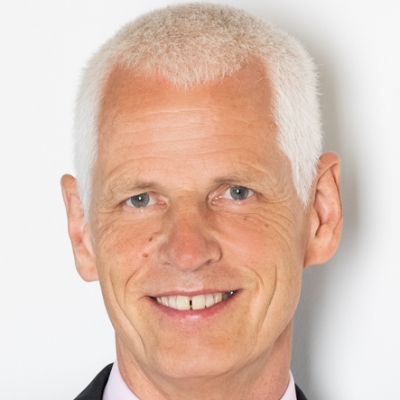Germany’s Greens: Long Wave or Short Hype?
Buoyed by its recent election success, could Germany’s Green Party claim the chancellorship when Merkel leaves office?
June 14, 2019
In the wake of their best-ever result in the European election three weeks ago, with 20.5% of the vote, Germany’s center-left Greens are enjoying a further surge in support.
According to four out of the six most recent opinion polls, they are now the strongest party, outclassing even the center-right CDU/CSU.
Judging by these polls, the successor to German chancellor Angela Merkel could well hail from the Greens rather than the CDU/CSU.
The Green advance has many reasons
More than any other party, the Greens embody the modern urban lifestyle. Living comfortably in a country with full employment and a fiscal surplus, many liberal-minded urbanites worry more about the environment than about traditional bread-and-butter issues such as jobs, taxes and economic growth.
They attract voters who strongly reject the far-right AfD, with the Greens being seen as the polar opposite.
That the traditional center-left SPD is riven by almost suicidal bouts of infighting also benefits the Greens.
Their party is headed by two fresh-looking and well-spoken leaders who seem to get along with each other rather nicely.
The Greens have come a long way
Forty years ago, the Greens started as a chaotic radical left peacenik movement forged in – not always fully peaceful – protests against nuclear energy, NATO and big infrastructure projects.
Learning the lessons of life, they have grown up to personify Germany’s solidly pro-European, largely pro-NATO and often pro-migration urban establishment more than any other party.
New style, similar policies
If the center-left Greens were to join or even lead the next German government, policies would change modestly but not dramatically.
A disproportionate part of the domestic agenda is currently set by the center-left anyway, either through the SPD’s role in Merkel’s government or the veto that the Greens can already wield in the upper house of parliament, the Bundesrat.
More power to the Greens?
The result would be a faster exit from coal and some additional push for cleaner cars. Welfare spending would continue to rise, with details less shaped by trade union concerns than is currently the case due to the role of the SPD.
Like much of the SPD, the Greens are less wedded to a balanced budget than the CDU/CSU.
But as a shortage of skilled labor and lengthy planning procedures rather than a lack of money are the key obstacles to even faster growth in public investment, the Greens would not make a big difference on this count either.
From Angela to Annalena?
Not so fast. There is a 30% probability of snap elections later this year. If so, one of the two Green leaders, Annalena Baerbock or Robert Habeck, might possibly succeed Merkel as chancellor.
However, betting on that would be premature. The current Green surge amid ever more “Fridays for future” concerns about climate change has elements of two previous German hypes in the past 10 years.
They were the 2011 spike in Green support after the Fukushima nuclear accident and the SPD’s bounce in early 2017 when Martin Schulz took over the party.
In both cases, the excitement did not last long. As the Greens come under closer scrutiny now, they may struggle to maintain their lead over the sturdy CDU/CSU when the summer fun is over.
Takeaways
Buoyed by its recent election success, could Germany’s Green Party claim the chancellorship when Merkel leaves office?
There was a spike in Green support after the Fukushima nuclear accident. But the excitement did not last long.
The Greens embody the modern urban lifestyle. Urbanites worry more about the environment than about traditional issues such as jobs.
If the Greens were to join or even lead the next German government, policies would change modestly but not dramatically.
